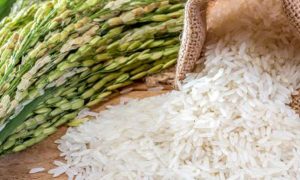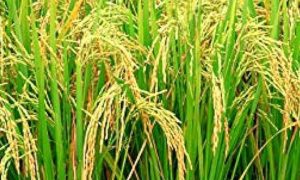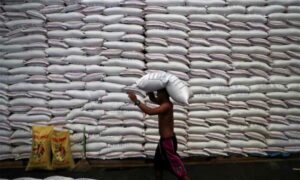India’s basmati rice exports surge after decision to remove floor price

India’s removal of the $950 floor price for basmati rice exports is set to boost orders from the Middle East, Europe, and the Americas. This policy change allows Indian exporters to offer more competitive prices, increasing export volumes. The minimum export price had limited access to certain basmati grades, but its elimination will help India reclaim market share lost to Pakistan in premium-grade basmati rice.
India’s decision to remove the floor price for basmati rice exports is expected to spur a flurry of orders from the Middle East, Europe, and the Americas, leading exporters said, helping New Delhi to increase its share of the global market.
The world’s biggest rice exporter earlier this month removed a floor price of $950 a metric ton for basmati rice, weeks ahead of the arrival of the new season crop.
“This policy change has enabled Indian exporters to offer basmati rice at more competitive prices globally, which is likely to drive higher export volumes,” Akshay Gupta, head of bulk exports at KRBL Ltd, told Reuters.
The minimum export price (MEP) posed a barrier to exporting certain basmati rice grades, and its removal has opened up opportunities for global buyers to access the full range of options, said Gaurav Bhatia, director at DD International, one of the top basmati rice exporters.
India and Pakistan are the only growers of premium-grade basmati rice, and the Indian restrictions helped Pakistan gain market share in some categories.
However, with the removal of the MEP, India will be able to reclaim that lost share, said Dev Garg, the director of ViExport, a New Delhi-based exporter.















